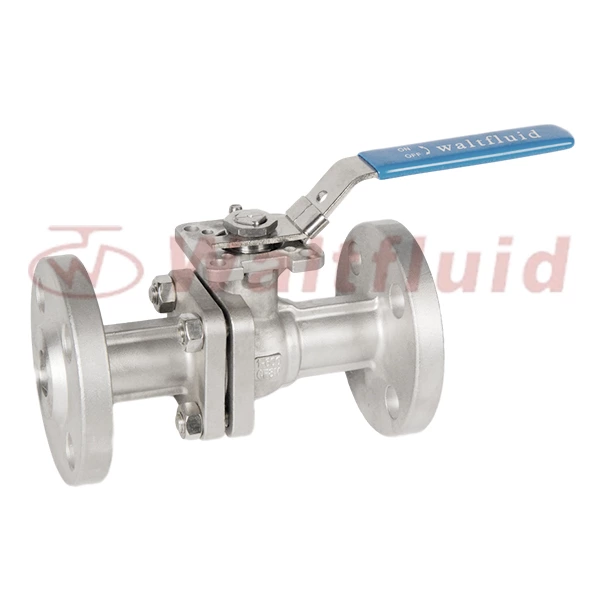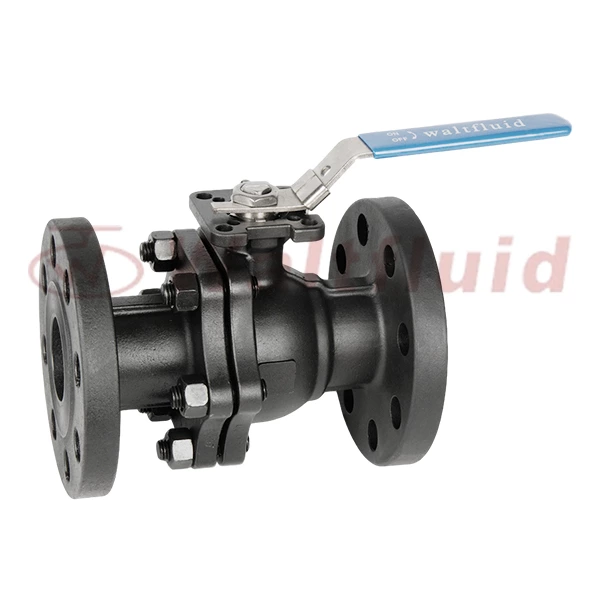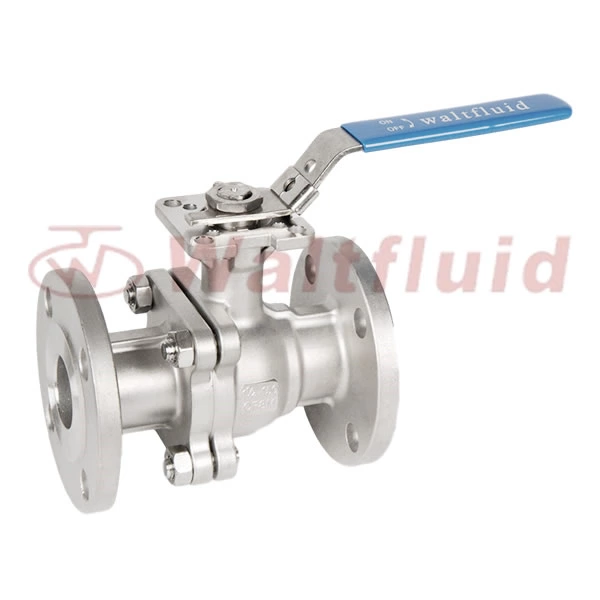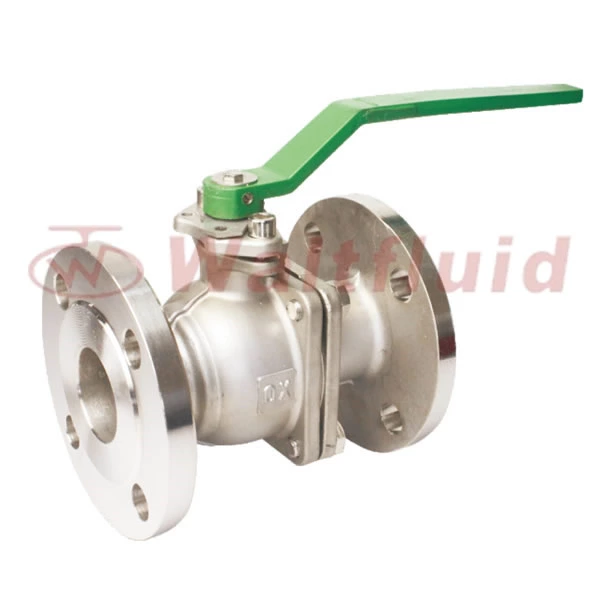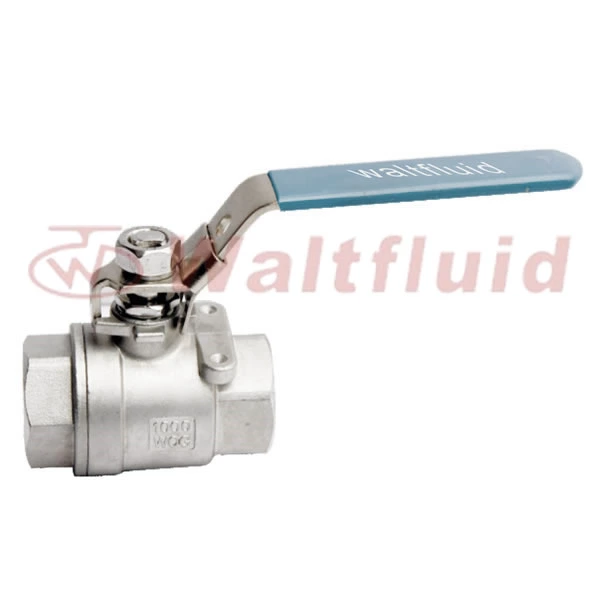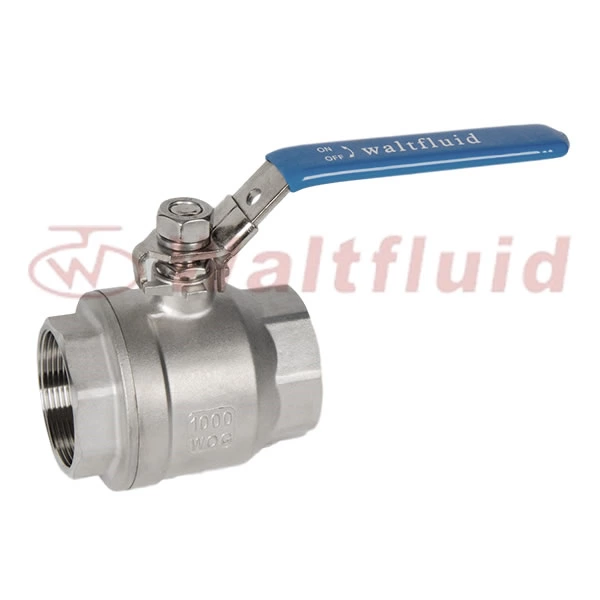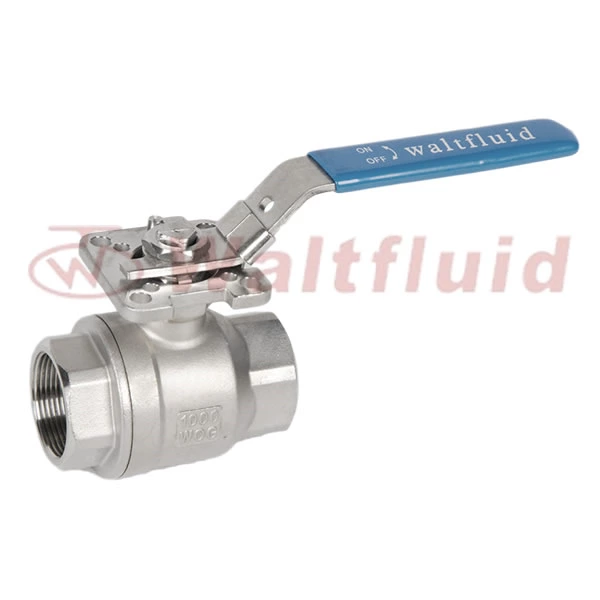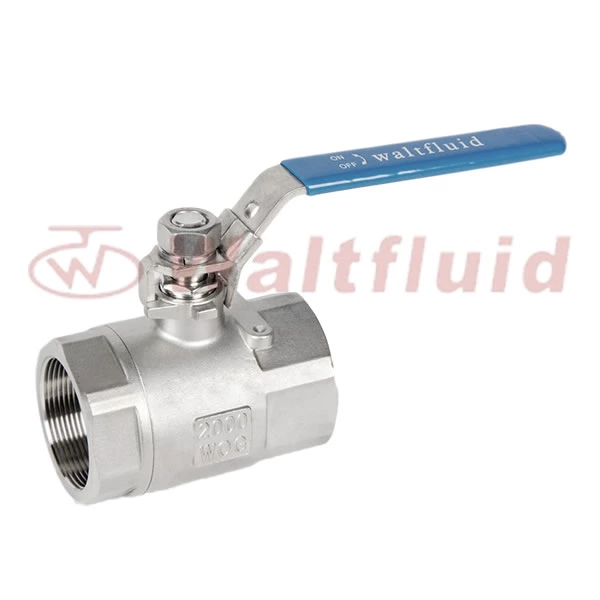Common Materials And Temperature Requirements For Stainless Steel Ball Valve Housings
The material of the main components of 2 Piece Threaded Ball Valve must first consider the physical properties (temperature, pressure) and chemical properties (corrosiveness) of the working medium. At the same time, it is also necessary to understand the cleanliness of the medium (the presence or absence of solid particles). In addition, the relevant regulations and requirements of the state and user departments should also be referred to.
A variety of materials can meet the use requirements of stainless steel valves under various working conditions. However, the correct and reasonable selection of valve materials can ensure the service life and performance of stainless steel valves.
Common materials and temperature requirements for stainless steel ball valve shells:
1. Gray cast iron: Gray cast iron valves are used in various industrial fields due to their low price and wide application range. They are often used in situations where water, steam, oil, and gas are used as media, and are widely used in chemical, printing and dyeing, petrochemical, textile and many other industrial products that have little or no effect on iron pollution. Suitable for low-pressure valves with an operating temperature of -15 to 200°C and a nominal pressure of PN ≤ 1.6MPa.
2. Blackheart forged cast iron: Suitable for low-pressure and medium-pressure valves with an operating temperature of -15 to 300°C and a nominal pressure of PN ≤ 2.5MPa. Target media include water, seawater, coal gas and ammonia.
3. Ductile iron: Ductile iron is a type of cast iron in which blocky or spherical graphite replaces the flake graphite of gray cast iron. Compared with ordinary gray cast iron, this change in the internal structure of the metal improves the mechanical properties and does not impair other properties. Therefore, ductile iron valves have higher working pressures than gray cast iron valves. Suitable for medium and low pressure valves with an operating temperature of -30 to 350°C and a nominal pressure of PN ≤ 4.0MPa. Target media include water, seawater, steam, air, gas and oil.
4. Carbon steel (WCA, WCB, WCC): Cast steel was initially developed to meet the production needs of people who exceeded the production capacity of cast iron and bronze valves. However, carbon steel valves have higher comprehensive performance and are highly resistant to stress caused by thermal expansion, impact loads and pipeline deformation, so they usually have a range of use, including the conditions for the use of cast iron valves and bronze valves. Suitable for medium and high pressure valves with an operating temperature of –29-425°C. Among them, the temperature of 16Mn to 30Mn is between -40-400℃, which is often used to replace ASTMA105, and the applicable medium is saturated steam and superheated steam. Cold and hot oil, liquefied gas, compressed air, water, natural gas, etc.
5. Low temperature carbon steel (LCB): Low temperature carbon steel and low nickel alloy steel can be used in the sub-zero temperature range, but cannot be extended to the low temperature zone. Valves made of these materials are suitable for the following media such as seawater, carbon dioxide, acetylene, propylene and ethylene. Suitable for low temperature valves with working temperature of -46~345℃.
6. Low alloy steel (WC6, WC9): Low alloy steel (such as carbon molybdenum steel, chrome molybdenum steel) valves are suitable for various working media such as saturated and superheated steam, cold oil, hot oil, etc. It can be used for natural gas and air. Carbon steel valves can be used up to 500°C, and low alloy steel valves can be used up to 600°C. At high temperatures, the mechanical properties of low alloy steel are higher than those of carbon steel. Suitable for high temperature and high pressure valves with non-corrosive media with working temperature of –29-595℃. C5 and C12 are suitable for high temperature and high pressure valves for corrosive media with working temperatures of –29-650.
7. Austenitic stainless steel: Austenitic stainless steel contains about 18 chromium and 8 nickel. 18-8 austenitic stainless steel is often used for valve body and valve cover materials under high and low temperature strong corrosion conditions. Adding molybdenum as a matrix to 18-8 stainless steel and slightly increasing the nickel content will significantly improve its corrosion resistance. Valves made of this steel can be widely used in the chemical industry, including the transportation of acetic acid, nitrates, alkalis, bleach, food, juice, carbon dioxide, tanning liquid and many other chemical products. This stainless steel can be applied to the high temperature range and further change the material composition. It is called 18-10-Nb and can be used at temperatures up to 800°C. Since austenitic stainless steel is usually used at very low temperatures and does not become brittle, valves made of this material (such as 18-8 and 18-10-3Mo) are very suitable for low temperature operation. For example, the transportation of liquid gases such as natural gas, biogas, oxygen, and nitrogen. Suitable for valves using corrosive media, the working temperature is -196-600℃. Austenitic stainless steel is also an ideal material for low-temperature valves.
8. Hastelloy alloy: Mainly suitable for valves using highly corrosive media such as dilute sulfuric acid.
(1) Hastelloy B: This alloy contains 60 nickel, 30 molybdenum and 5 iron. Hastelloy B is particularly resistant to strong corrosion by inorganic acids and can be used in hydrochloric acid of various concentrations at the boiling point. In case of sulfuric acid, it can be used at a highly corrosive concentration of 70℃. In the case of phosphoric acid, it works under various conditions. Hastelloy B is also always suitable for ammonium chloride, zinc chloride, aluminum sulfate and ammonium sulfate. In an oxidizing atmosphere, Hastelloy B can be used up to about 800℃, and in a reducing atmosphere, the working temperature can be increased.
(2) Hastelloy C: This alloy is a nickel-based alloy containing 15 chromium and 17 molybdenum. It can be used up to 1100°C in oxidizing and reducing atmospheres. It has excellent corrosion resistance to hydrochloric acid, sulfuric acid and phosphoric acid. And in many cases it can also be used in nitric acid. Sulfur alloy C has strong corrosion resistance to various corrosive media such as chlorides, hydrochlorides, sulfides, oxidizing salt solutions, etc. It is also particularly suitable for hydrohalic acid media such as hydrofluoric acid.
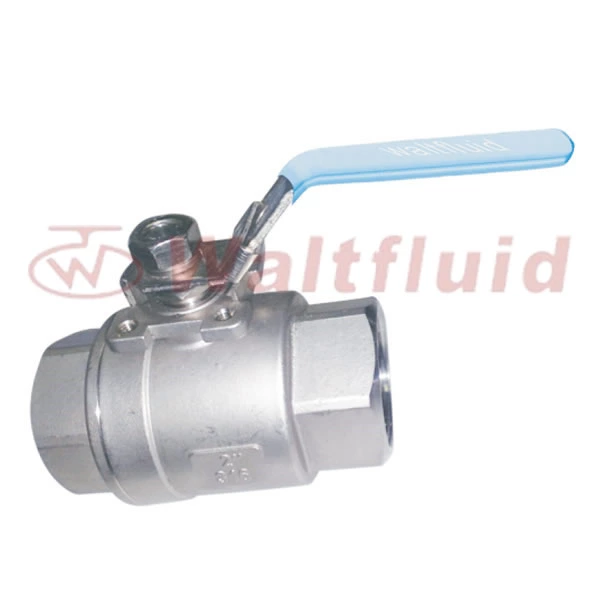
 English
English 中文
中文 Pусский
Pусский  Español
Español
